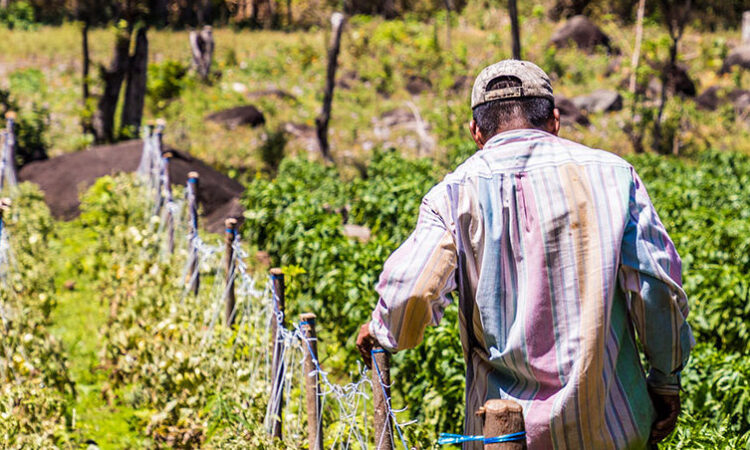
The UN’s flagship global climate fund looks likely to have to rein in its ambition, after France announced just a 4% boost in its contribution.
The UN’s flagship global climate fund looks likely to have to rein in its ambition, after France announced just a 4% boost in its contribution.
Yesterday, French finance minister Bruno Le Maire announced his nation would give €1.61 billion ($1.75bn) to the organisation’s four-yearly fundraising round.
While that’s slightly more in euros than France gave last time in 2019, the changing exchange rate means it is less in US dollar terms.
With the UK also offering only a slight boost to its funding, pledges so far total 15% more than in 2019. If other contributors match that trend, the GCF will raise $11.5 billion this round, short of the $12.5 billion in its middle ambition scenario.
Big potential donors Japan, Sweden and Norway are yet to pledge. A commitment from the US, which did not give any money in 2019 and only delivered a third of its 2014 pledge, could be game-changing.
Constraining ambition
An internal GCF strategy document seen by Climate Home News lays out what that money means on the ground.
While a middle level of funding could help 30 million smallholder farmers adopt low-emission and climate-resilient practices, a “low” or “status quo” scenario of $10 billion can only help 25 million.
A middle scenario could conserve 30 million hectares while a low one would protect just 26 million. The difference is an area the size of Switzerland.
With “high” funding of $15bn, the figures are 32 million farmers and 32 hectares respectively.
So far, Germany is the only major donor to increase its pledge in line with a “mid” scenario, although not with a “high” level of ambition.
Several nations like Spain chose to announce their GCF pledges at the United Nations General climate ambition summit in New York yesterday.
Barbados’s prime minister Mia Mottley told this gathering that the GCF fundraising round was “critical” as “it has still work to bridge the gap in a significant way for many countries”.
Simpler and bigger
The summit was also where the GCF’s new head Mafalda Duarte unveiled her planned institutional reforms after taking over from unpopular previous leadership.
She said that when the fund was set up in 2010, governments wanted it to provide “simplified access tailored to country needs”.
But, she said that it had become “one-size fits all” and “more complex with high transaction costs”.
The Portuguese banker said she would overhaul the process for institutions to apply for accreditation to access project funds, a lengthy and bureaucratic process.
This is likely to be welcomed by Mottley. Speaking before Duarte in New York, she said that the GCF “had had problems in terms of the complexity of its governance and that must be addressed”.
Egyptian climate negotiator Mohammed Nasr told Climate Home that simplifying this process “has been a continuous request by several developing countries, as we always hear complaints on how complex the process is”.
Duarte said she wanted to “significantly accelerate” the process of reviewing and approving projects.
50 by 30
She added that she wanted the fund to have a capitalisation of $50 billion by 2030, up from $7 billion today.
To reach this target, she said would focus more on bigger projects, covering whole countries, regions and sectors and maximising private sector investments.
Liane Schalatek, who monitors the GCF for the Heinrich Böll foundation, told Climate Home that, unless governments become far more generous, reaching this target would involve shifting emphasis from grants to loans.
She said she had “serious concerns” about how much opportunity local communities and civil society will get to shape the big projects that Duarte envisions.






